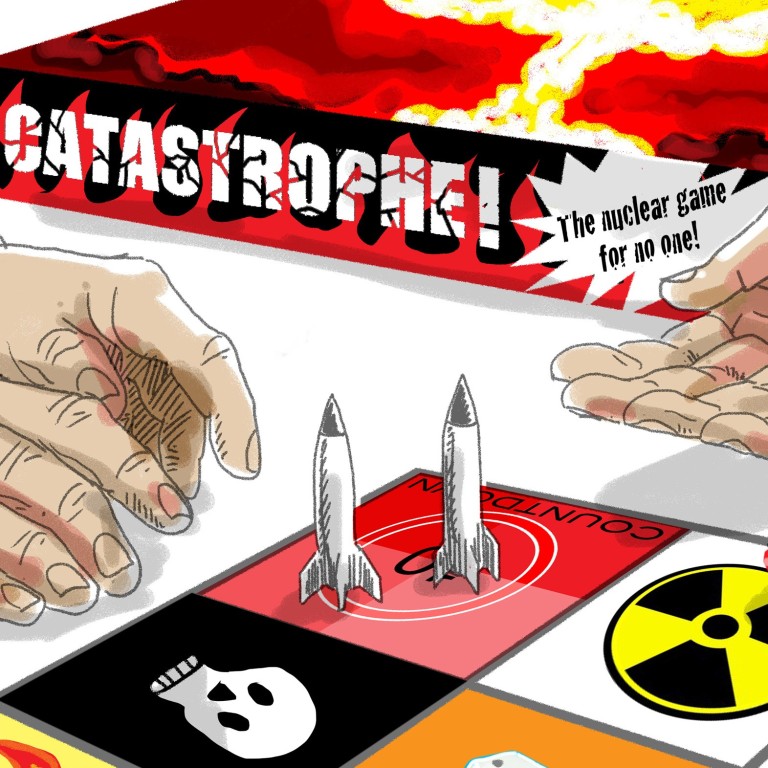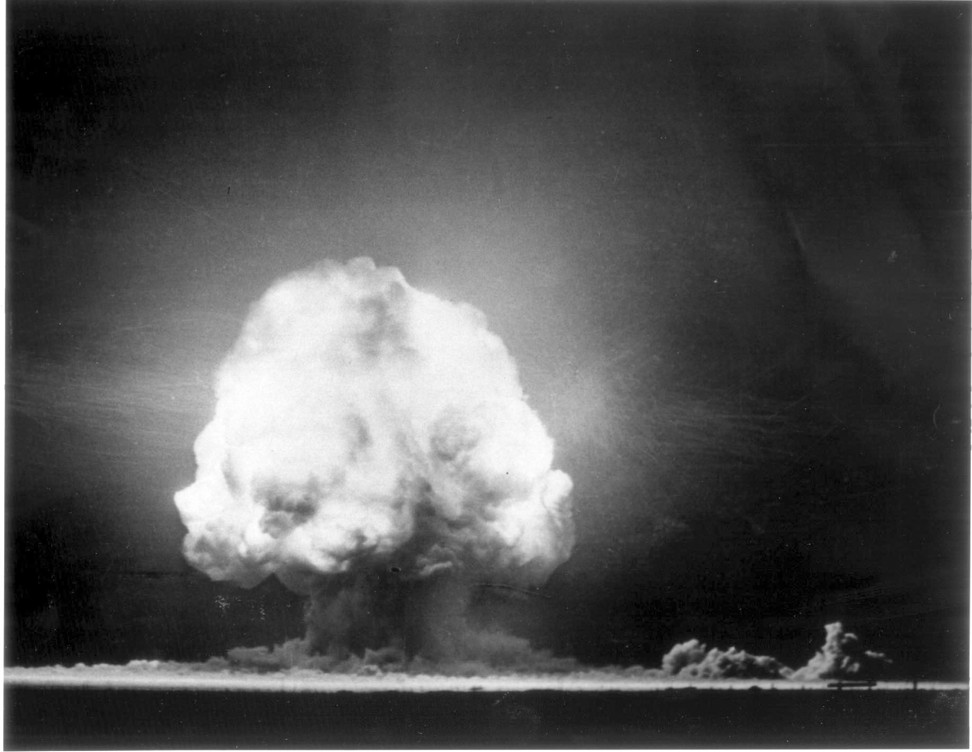
India and Pakistan take note: the ‘Madman Theory’ of using tactical nuclear weapons lives up to its name
- The tense stand-off between the nuclear-armed neighbours shines a light on their growing arsenals, particularly tactical nuclear weapons that many mistakenly believe could shock an adversary into submission
It could have been much worse.
This strategy is driven by the misplaced notion that the use of tactical nuclear weapons early in a conflict will shock an adversary into submission, rather than pursue an already disastrous confrontation. History, however, teaches us otherwise.
During the cold war, the United States stockpiled thousands of tactical nuclear weapons, including bazookas, landmines and artillery shells, as a counter to Soviet conventional superiority in Europe. The plan was simple. If an army of Soviet tanks rolled through the Fulda Gap, the United States would stop them with an assortment of these tiny, but deadly, nuclear weapons.
It is only a matter of time before the next crisis in South Asia erupts
This strategy was unironically referred to as the “Madman Theory”, and in 1983, the US decided to put it to the test with the war game Proud Prophet. Reminiscent of Pakistan's current policy of rebutting a conventional incursion by India, this scenario saw Nato launch limited nuclear strikes against Soviet targets in response to a conventional provocation. But instead of backing down, the Soviet team doubled down.
“The Soviet Union team interpreted the nuclear strikes as an attack on their nation, their way of life and their honour. So they responded with an enormous nuclear salvo at the United States,” writes Defence Department adviser and nuclear historian Paul Bracken. “The United States retaliated in kind. The result was a catastrophe that made all the wars of the past 500 years pale in comparison … a half-billion human beings were killed in the initial exchanges and at least that many more would have died from radiation and starvation.
“Nato was gone. So was a good part of Europe, the United States and the Soviet Union. Major parts of the Northern Hemisphere would be uninhabitable for decades.”

The lessons of this war game applies to the Indian subcontinent as well. Recent studies have estimated that regional nuclear war, such as one between India and Pakistan, could lead to the deaths of some 2 billion people worldwide.
To prevent this nightmare from becoming a reality, the international community must condemn further acts of violence and build space for the conflict to be mediated, before the situation escalates further out of hand. In 1999, 2002 and 2008, the Clinton, Bush and Obama administrations worked tirelessly to mediate conflicts between India and Pakistan to ensure they didn't spiral out of control. In this case, short of a few statements urging both sides to de-escalate the situation, the US was painfully slow to respond.
Although tensions between the nuclear arch-rivals have largely been defused, the underlying conditions that lead to the confrontation remain the same. It is only a matter of time before the next crisis in South Asia erupts.
Before that happens, it is in the interest of all parties to ensure that the proper tools are in place to minimise the risks to humanity. Increased government-to-government dialogue between India and Pakistan would be a welcome development that would reduce the risks of miscommunication and enhance crisis stability. In the long run, both parties should reduce their reliance on tactical nuclear weapons that inherently increase the risk of nuclear war.


